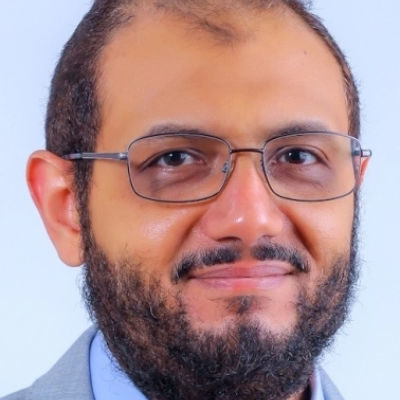ISI Directory

Mohamed Hussein, Ph.D
Computer Scientist, Lead Scientist
Education
Ph.D., Computer Science, University of Maryland at College Park, 2009
M.Sc., Computer Science, University of Maryland at College Park, 2005
M.Sc., Computer Science, Alexandria University, Egypt 2002
B.Sc., Computer Science and Automatic Control, Alexandria University, Alexandria, 1998
Bio
I am a Lead Scientist at USC ISI. After obtaining my Ph.D. degree in Computer Science from the University of Maryland at College Park in 2009, specializing in computer vision and GPU computing, I spent close to two years as an Adjunct Member Research Staff at Mitsubishi Electric Research Labs, Cambridge, MA, in which I continued my research on GPU computing, and pursued research in medical image analysis. Afterwards, I moved to Alexandria University as an Assistant Professor. Prior to joining ISI, I also spent three years as an Assistant Professor at Egypt-Japan University of Science and Technology (E-JUST), in Alexandria, Egypt. As a faculty member in Egypt, I supervised/co-supervised multiple PhD students at Alexandria University, E-JUST, and Virginia Polytechnic Institute and State University (Virginia Tech). I was also the PI/Co-PI on multiple industry and government funded research projects on Sign Language Recognition and Crowd Scene Analysis. I am currently a Co-PI for ISI’s projects under IARPA’s Odin and BRIAR programs as well as DARPA’s GARD program. My current research interest is on mitigating the vulnerabilities of AI models to spoofing attacks, adversarial attacks, and domain shifts.
Research Summary
My general research interest straddles the intersection between computer vision and machine learning. Recently, my specific focus has been on developing novel representation learning methods to address vulnerabilities of machine learning models to different types of threats, and also on understanding the representations learned by machine learning models to achieve desired properties, such as domain invariance, better transferability, and disentanglement.